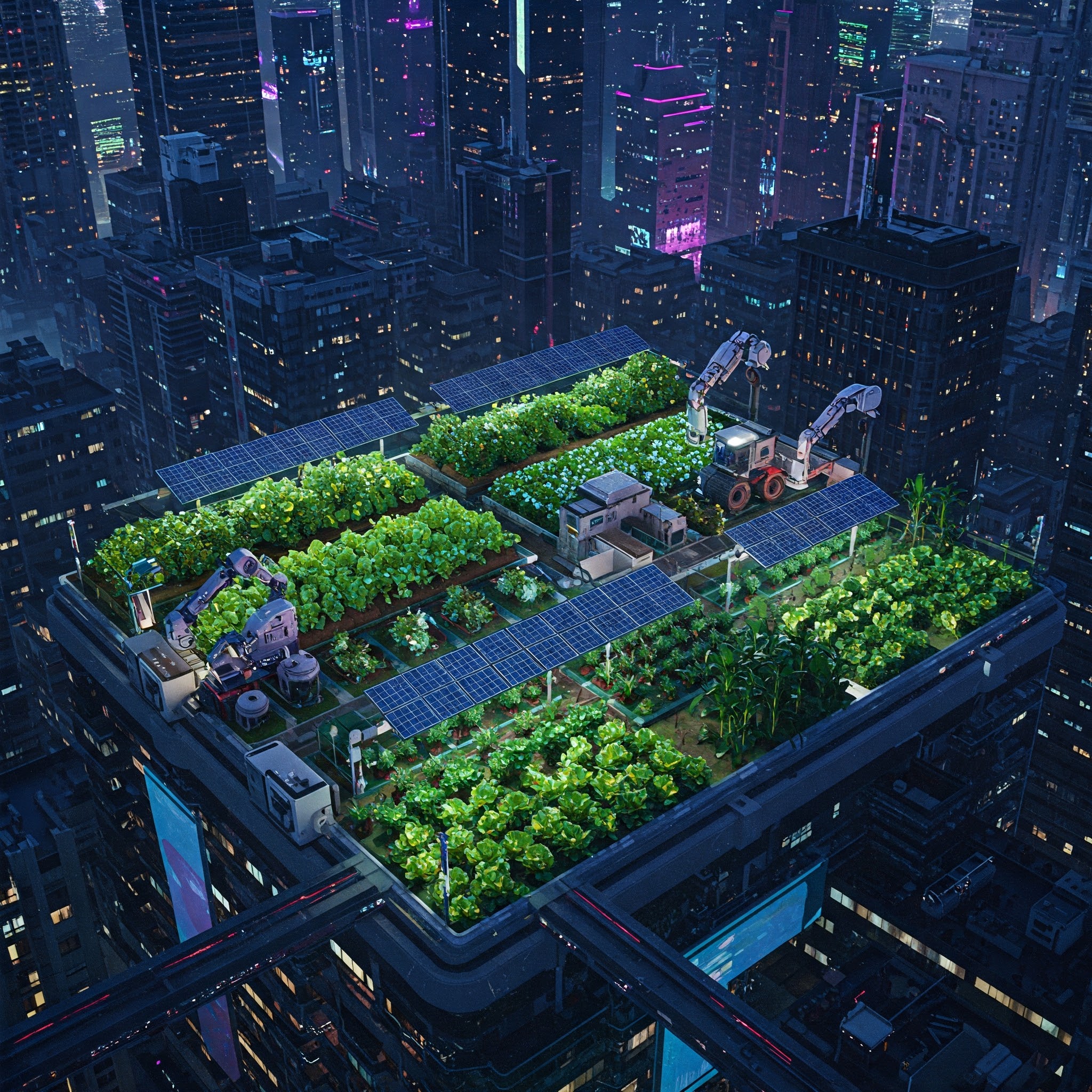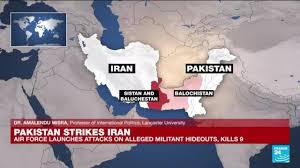Urban agriculture transcends simple backyard gardening; it’s a strategic integration of food production into the urban fabric. This involves a diverse array of methods, each tailored to maximize output within the constraints of city environments. Rooftop gardens transform otherwise unused spaces atop buildings into productive green areas, offering insulation benefits and reducing stormwater runoff. Vertical farms represent a technological leap, utilizing stacked layers and controlled environments with LED lighting and nutrient-rich water solutions to achieve high yields per square foot. Community allotments provide shared spaces for residents to cultivate their own food, fostering social interaction and a sense of community ownership. Aquaponics and hydroponics are soilless systems that minimize water usage and nutrient loss, making them ideal for areas with limited resources or poor soil quality. Urban orchards and greenhouses integrate fruit trees and controlled growing environments into parks, public spaces, and even building facades, enhancing urban biodiversity and providing fresh produce.
II. The Benefits: A Multifaceted Approach to Sustainability
The localization of food production through urban agriculture yields a multitude of benefits, contributing to a more sustainable and resilient urban ecosystem.
A. Enhanced Food Security: By shortening the supply chain, urban farms reduce reliance on distant agricultural regions, mitigating the impact of transportation disruptions and price fluctuations. This ensures a more stable and accessible food supply, particularly for vulnerable populations.
B. Environmental Sustainability: Urban agriculture reduces the carbon footprint associated with long-distance transportation, minimizing greenhouse gas emissions. Increased green spaces in cities help to mitigate the urban heat island effect by absorbing solar radiation and releasing moisture through evapotranspiration. This also improves air quality by filtering pollutants and producing oxygen.
C. Community Empowerment and Social Cohesion: Community gardens and urban farms provide shared spaces for residents to connect, collaborate, and learn about food production. This fosters a sense of community ownership and strengthens social bonds. Educational programs and workshops can impart valuable skills and knowledge, particularly in underserved communities.
D. Economic Opportunities: Urban agriculture creates new job opportunities in urban farming, processing, distribution, and related sectors. It also supports local economies by providing fresh produce to restaurants, markets, and consumers. Agritourism initiatives, such as farm tours and workshops, can attract visitors and generate revenue.
III. The Challenges: Navigating Obstacles to Urban Farming
Despite its potential, urban agriculture faces significant hurdles that must be addressed for its widespread adoption.
A. Land Scarcity and Cost: Densely populated cities often have limited available land, and high land costs can make urban farming financially prohibitive. Innovative solutions, such as utilizing rooftops, vertical spaces, and abandoned lots, are crucial.
B. Resource Management: Efficient management of water, energy, and waste is essential for sustainable urban farming. Water conservation techniques, such as rainwater harvesting and drip irrigation, are necessary. Renewable energy sources, such as solar panels, can reduce reliance on fossil fuels. Composting and other waste management practices can create closed-loop systems.
C. Regulatory and Policy Frameworks: Clear and supportive policies are needed to facilitate the development of urban agriculture. Zoning regulations and building codes may need to be adapted to accommodate urban farming practices. Incentives, such as tax breaks and grants, can encourage investment in urban agriculture.
D. Initial Investment and Operational Costs: Vertical farming and advanced aquaponics systems can require significant upfront investment in infrastructure and technology. Ongoing costs related to energy, labor, and maintenance must also be considered. Strategies for reducing costs, such as utilizing renewable energy and automating processes, are essential.
IV. Technological Advancements: Shaping the Future of Urban Farming
Technology plays a pivotal role in overcoming challenges and maximizing efficiency in urban agriculture. A. Vertical Farming and Controlled Environment Agriculture (CEA): Vertical farms utilize stacked layers and controlled environments with LED lighting, climate control, and nutrient-rich water solutions to achieve high yields per square foot. This allows for year-round production of crops in any climate.
B. Hydroponics and Aquaponics: Hydroponic systems grow plants without soil, using nutrient-rich water solutions. Aquaponic systems integrate fish farming with hydroponics, creating a closed-loop system that minimizes water and nutrient waste.
C. AI and Data Analytics: AI and data analytics can optimize growing conditions, predict yields, and identify potential issues. Sensors and monitoring systems collect data on temperature, humidity, light, and nutrient levels, allowing for precise control of the growing environment. Automated systems for planting, harvesting, and monitoring can reduce labor costs and improve efficiency.
D. Renewable Energy Integration: Solar panels, wind turbines, and other renewable energy sources can power urban farms, reducing reliance on fossil fuels and minimizing environmental impact. Energy-efficient lighting and climate control systems can further reduce energy consumption.
V. The Integration Imperative: Urban Planning and Policy
The long-term success of urban agriculture hinges on its integration into city planning and policy.
A. Policy and Regulatory Frameworks: Governments must develop supportive policies and regulations that facilitate urban agriculture. This includes zoning regulations that allow for urban farming, building codes that accommodate rooftop gardens and vertical farms, and incentives such as tax breaks and grants.
B. Urban Planning and Design: Urban planners must incorporate green spaces and urban farms into city infrastructure. This includes designing buildings with integrated urban agriculture features, creating community gardens and allotments in public spaces, and utilizing underutilized spaces such as rooftops and abandoned lots.
C. Community Engagement and Education: Public awareness and education about urban agriculture are essential for its widespread adoption. Community engagement initiatives, such as workshops and volunteer programs, can promote participation and build support for urban farming. Educational programs can teach residents about urban agriculture practices and benefits.



